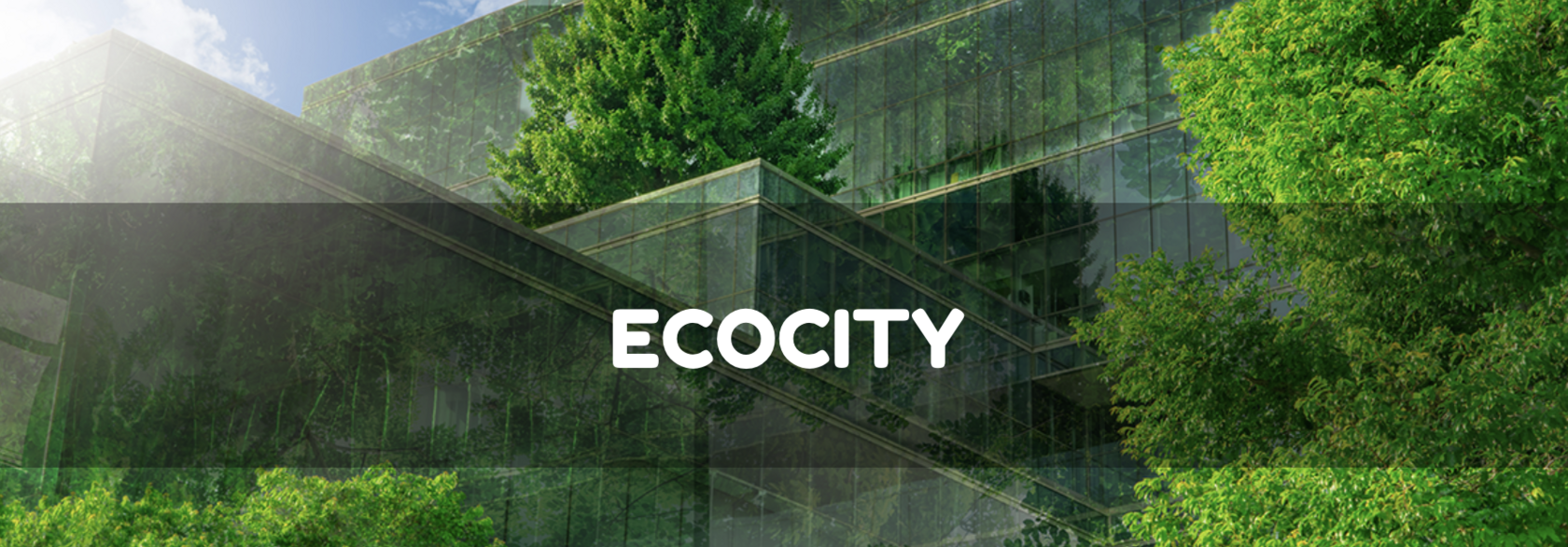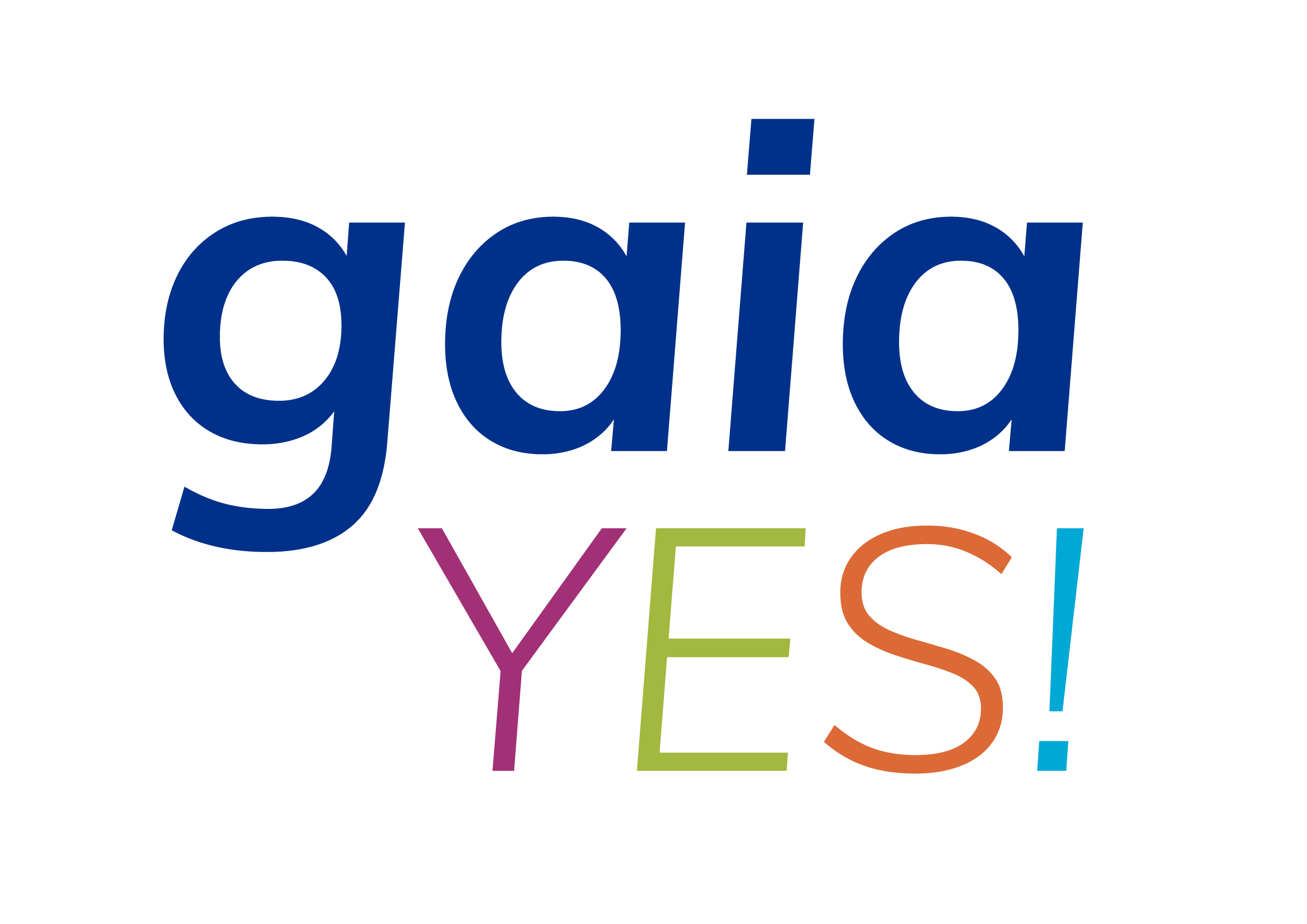ECOCITY

Introduction:
This activity is designed to be able to apply the theory of integral system design in a practical situation, thereby integrating knowledge and skills into what has been learned so far. Students develop a vision of their model of a green city using integrated systems thinking. Without a good understanding of the whole system of a green city and of interconnections in a green city, there is a chance that students may easily fail to see the consequences of how one affects the other, so that a solution in one area may often cause problems in another. This is a nice way into thinking about an integrated system without requiring too deep a technical background..
RoadMap:
Familiarize students with integral system design and relate the content to the twenty themes of this website.
Students will create a list of criteria based on a self-created vision, mission and goal.
They then create an integrated system design for their green city. The vision, mission and objective should be reflected in the details of the design.
When the preliminary design is complete (drawing may take several lessons or a two-day period), students present it to their classmates. They incorporate the feedback they receive into their final draft.
Present the green cities during an event to parents and stakeholders
Some of the challenges to consider and address include:Anthropogenic climate change
Peak oil and energy security
Water degradation and water security
Material wealth inequalities and conflicts
Abuse of geopolitical power and resource wars
Degradation of agriculture and food security
Psychological stress and toxic environment
Community erosion and undermining of education
Globalization and trade distortion
Infrastructure and habitat vulnerability
Biosphere erosion and mass extinctions
Target:
Begin to apply course content in integrated systems design for ecological communities and sustainable cities. Provide an activating field for interdisciplinary collaboration and cooperation at various levels. And to learn to design integrated systems that incorporate cultural, social, environmental, and economic principles of sustainability.
Learning Outcomes:
Learning to develop a collective vision for a model green city and learning to apply design principles to sustainable settlements of various sizes.
Necessities:
Flipchart and marker pens. Copy paper (translucent), colored pencils, Google maps, notebook, measuring tools, checklists.
Evaluation:
Debriefing of this assignment is best done in small groups first and then discussed with the whole group.
Students Ask students what they observed. How they felt during this exercise. What concepts from the sustainability compass did they use in their design? How do they plan to use the knowledge and experience they have gained in their own lives? What was most important in what they experienced during the group processes in designing and during the presentation? What connections did they not make?
Facilitators What did you notice about this exercise? How well were students able to complete the assignment? What did students use from the prompts? Did anything happen during the execution of the assignment that drew your attention to risks or unforeseen results? What would you do differently next time? Use the checklist below for follow-up discussion with students.
Checklists:
- Integrated design considerations
- What is our framework (basis) for the design process (vision, values, ethics, limits of the design, what is necessary for the design and what is nice if it can be included in the design, but not really necessary)
- What criteria are used to make decisions?
- Selecting the site; drawing up a checklist of criteria and motivation for the choice
- Layout considerations
- How will we shape our design ideas into communicable media?
- Objectives of the design of the design and technical aspects of the area plan.
- Roads and access infrastructures (bridges, drainage)
- Communications (new and retrofit phone, email infrastructures)
- Energy (transportation issues, electricity, heating/cooling, ethics)
- Water (placement of dams, tanks, wells, ponds)
- Wastewater (presence/absence of flush toilet, laws and regulations on wastewater treatment
- Waste and recycling
- Common trenching
- Soft Engineering
- Social aspects of the design process.
- Designing a traffic plan: a map for roads and parking lots, walking paths for pedestrians, bike paths and storage for bikes, place for roller skating, equestrian paths and pasture and storage for trails, etc.
- Creating the opportunities for spontaneous social engagement: social hubs
- Designs for placement of community facilities: community center, child care center, bathhouse / sauna, accommodation for visitors, performance hall, cafe, educational facilities, medical / health center, meditation shrines, recreation, etc.
- Allowing for balance and delineation between public, semi-public and private spaces.
- Integration of seniors, plus mobility and developmental issues.
- Economics of the design process.
- Business Center: office space, technology, communication
- Production facilities: workshops, light industry, certified kitchen
- Agricultural infrastructure: processing harvest, storage, animal housing, irrigation
- Cultural aspects of the design process.
- Landscape temples
- Feng Shui, Sacred Geometry
- Dowsing and probing for ley lines or energy centers
- Become familiar with the socio-cultural history of the place
- Ecological aspects of the design process.
- Design of food production system: vegetables, rotation of fields, layout for animals and their feed, berries and fruit trees, nut trees
- Shaded, sunny and sheltered areas
- Ditches, verges and hedges
- Zone and sector analysis
- Accommodation for wild places and wildlife corridors
- Widening and protection of riparian zones
- Remediation of degraded soils and re-vegetation
- Forestry, coppice systems and renewable harvesting
- Edible landscape
- Project management. Specialized skills for the implementation phase.
- What is the system?
- Uncharted waters – from idea to reality
- The construction phase
- The crew
- Project variables (the goalposts have been moved).
- Project Closure
- Prepare a draft plan: Including legal aspects.
- Creating team glue/community building
- Dealing with governance / authority
- Prepare a document that “sells” the project
- Presentation of your proposal
- Environmental Impact Studies
- Establishment of the area
- Development Applications


0 comments
Leave a comment
Please log in or register to post a comment